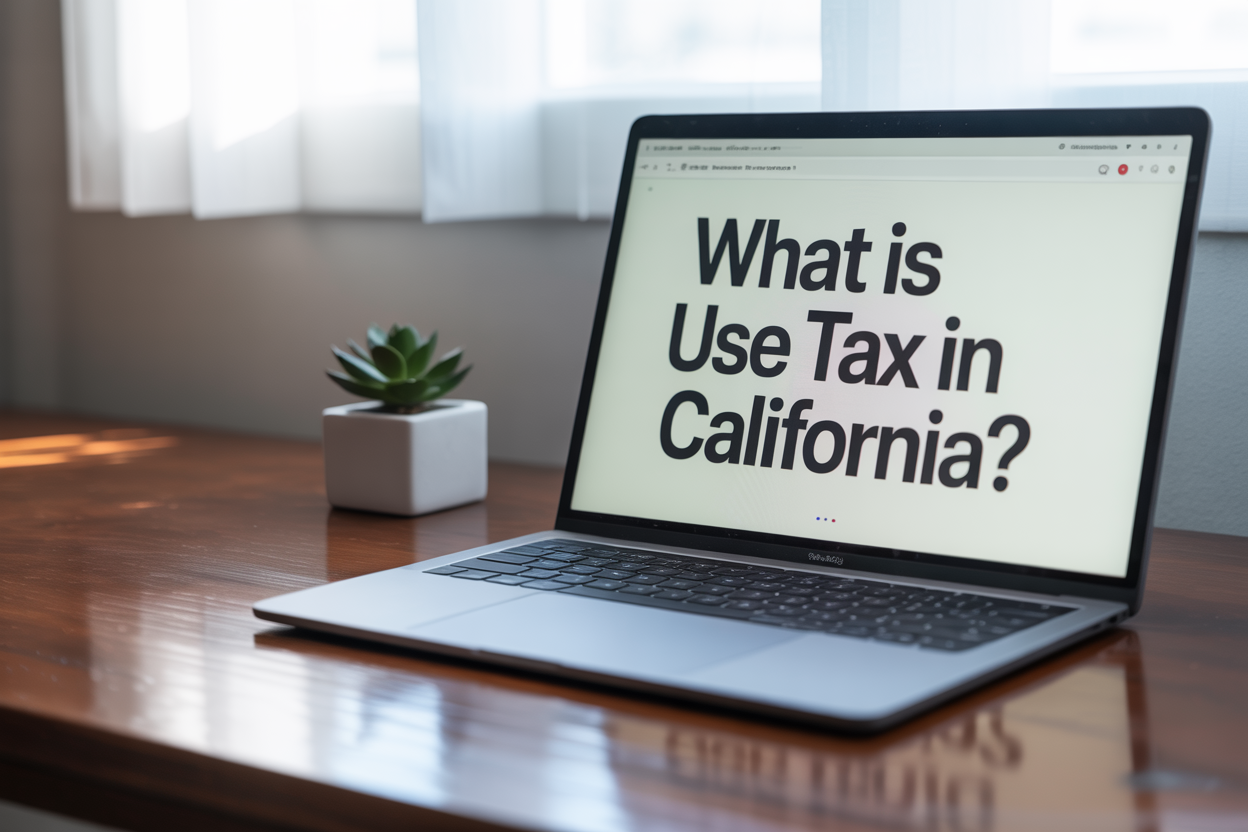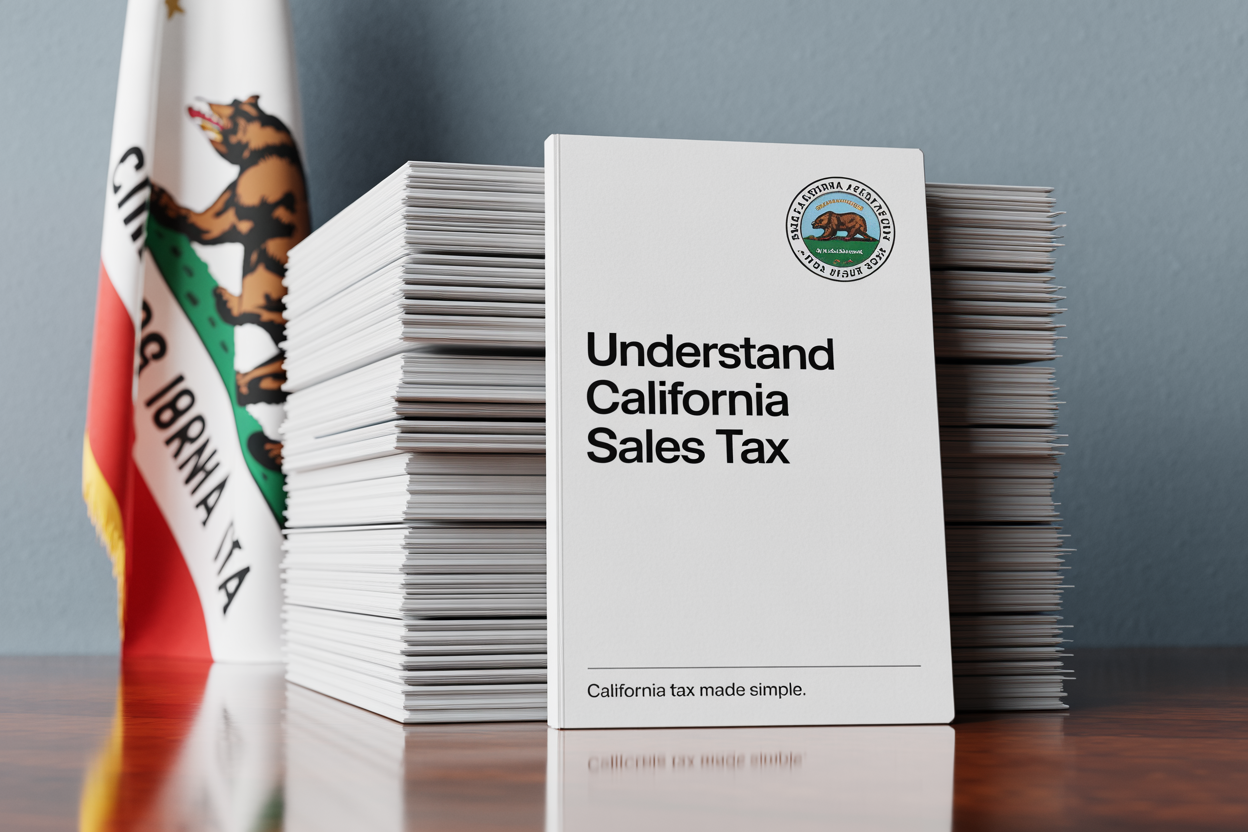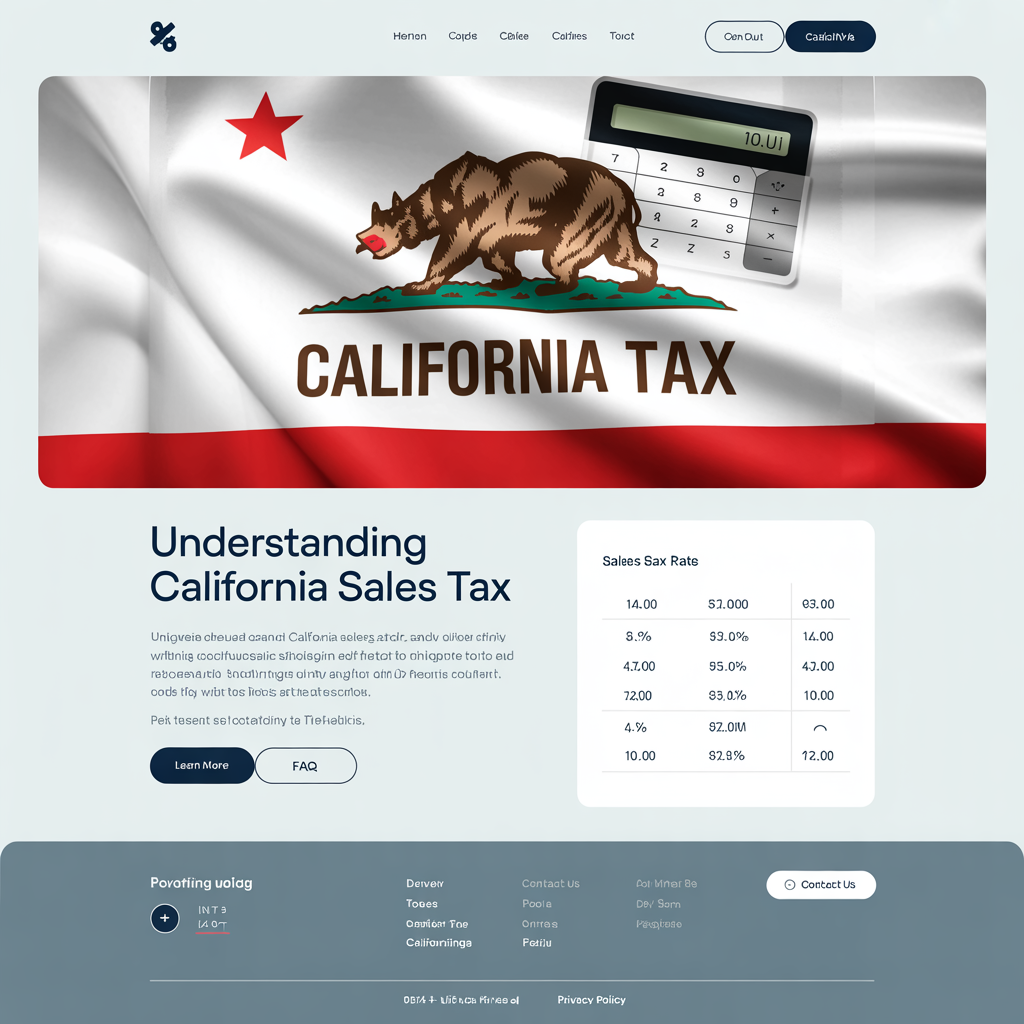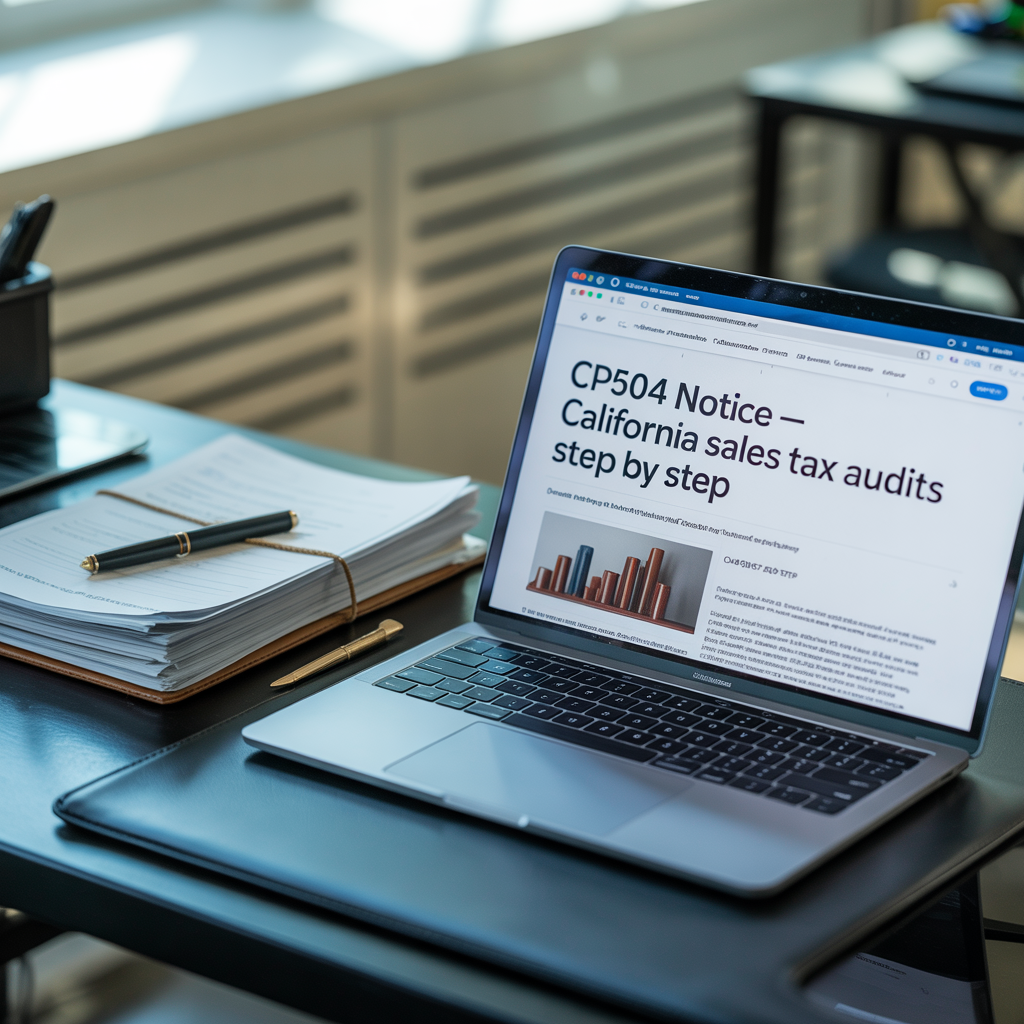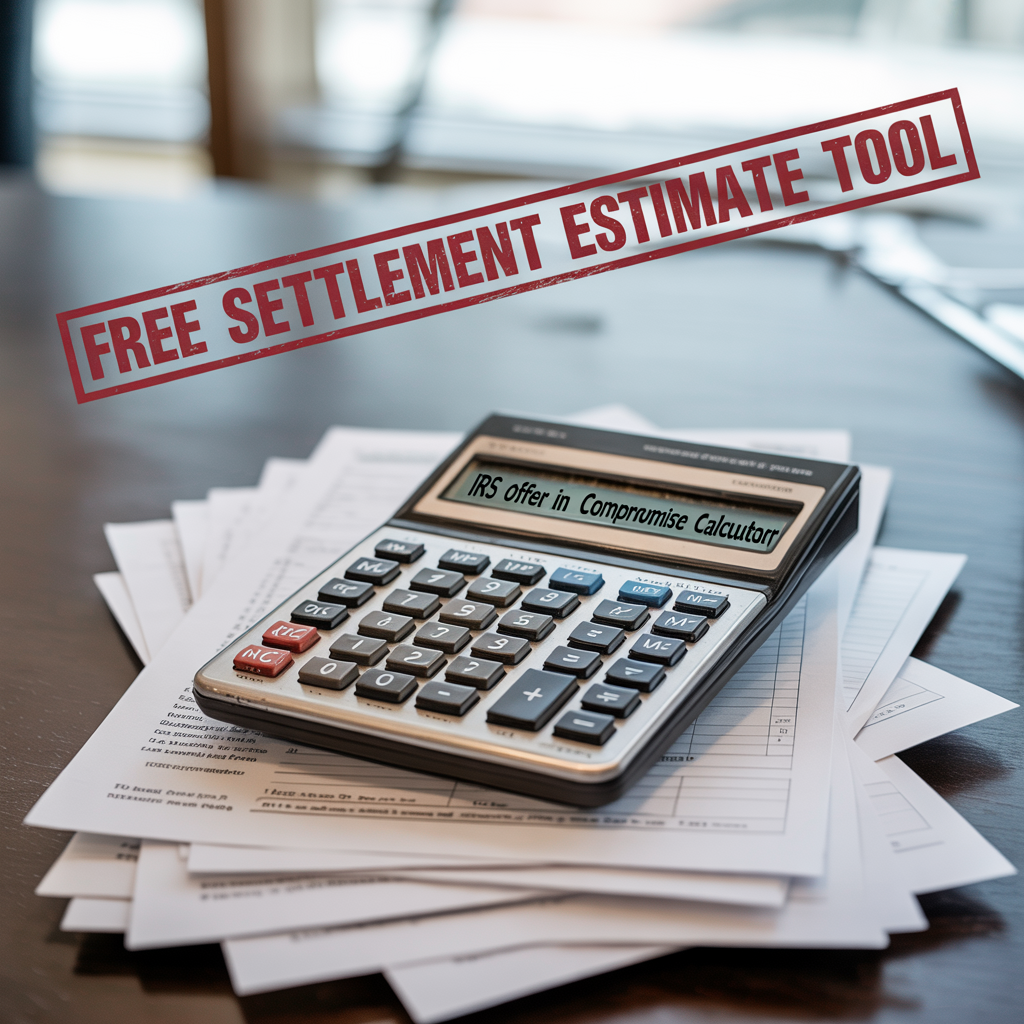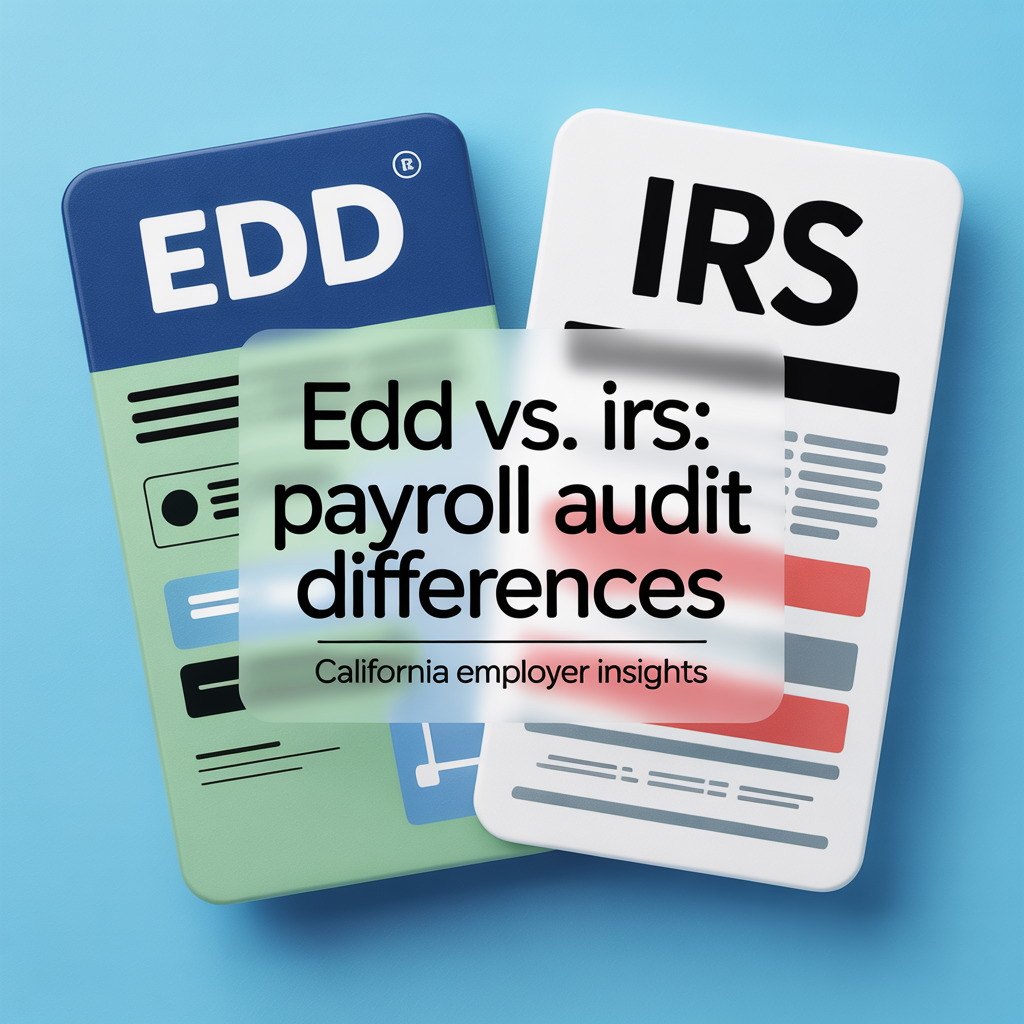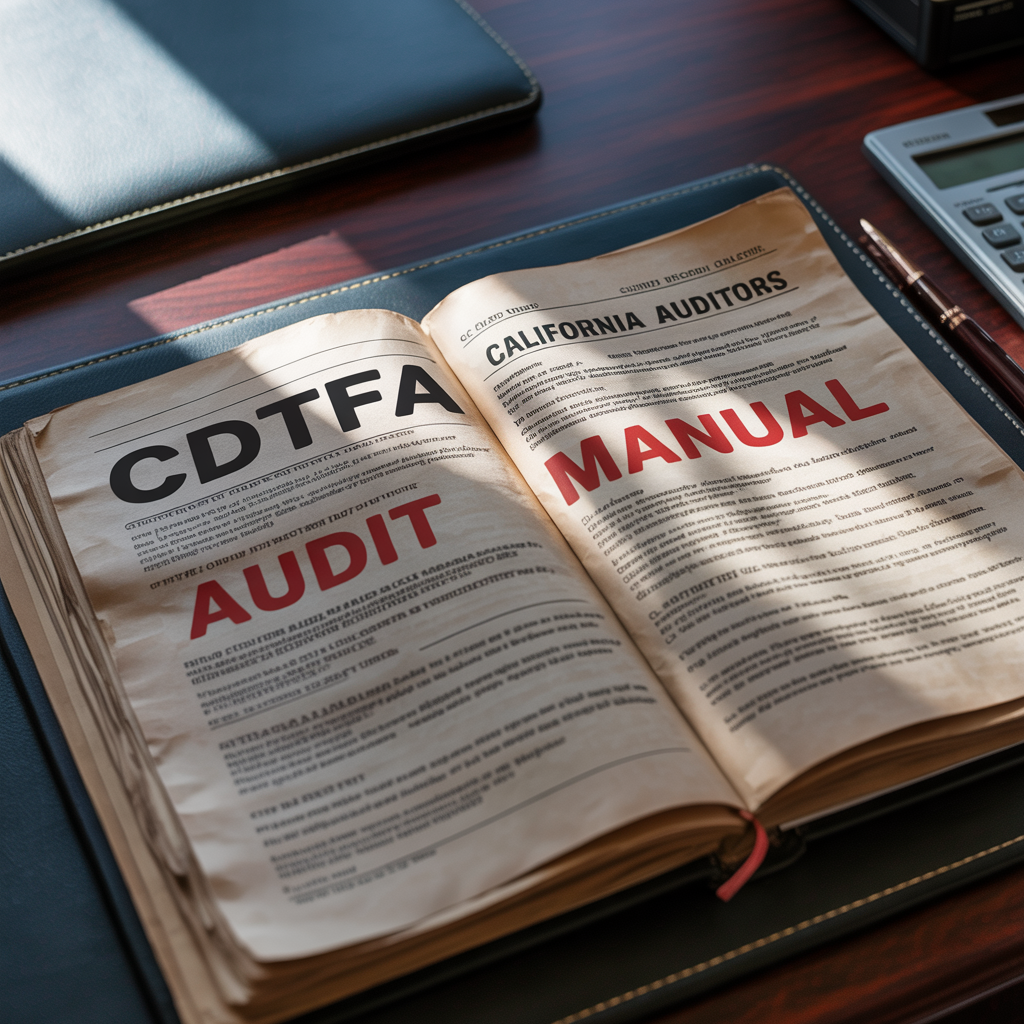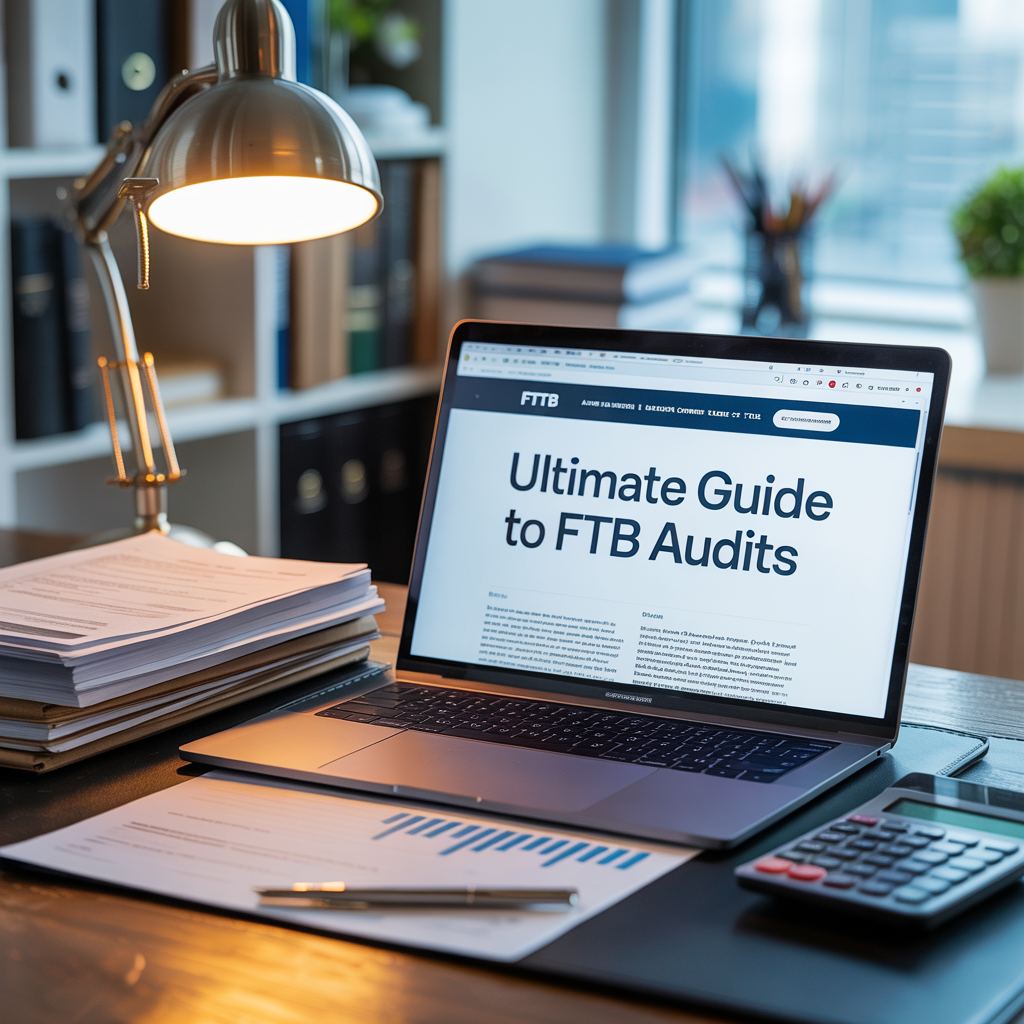What to Do If the IRS Files a Substitute for Return (SFR)
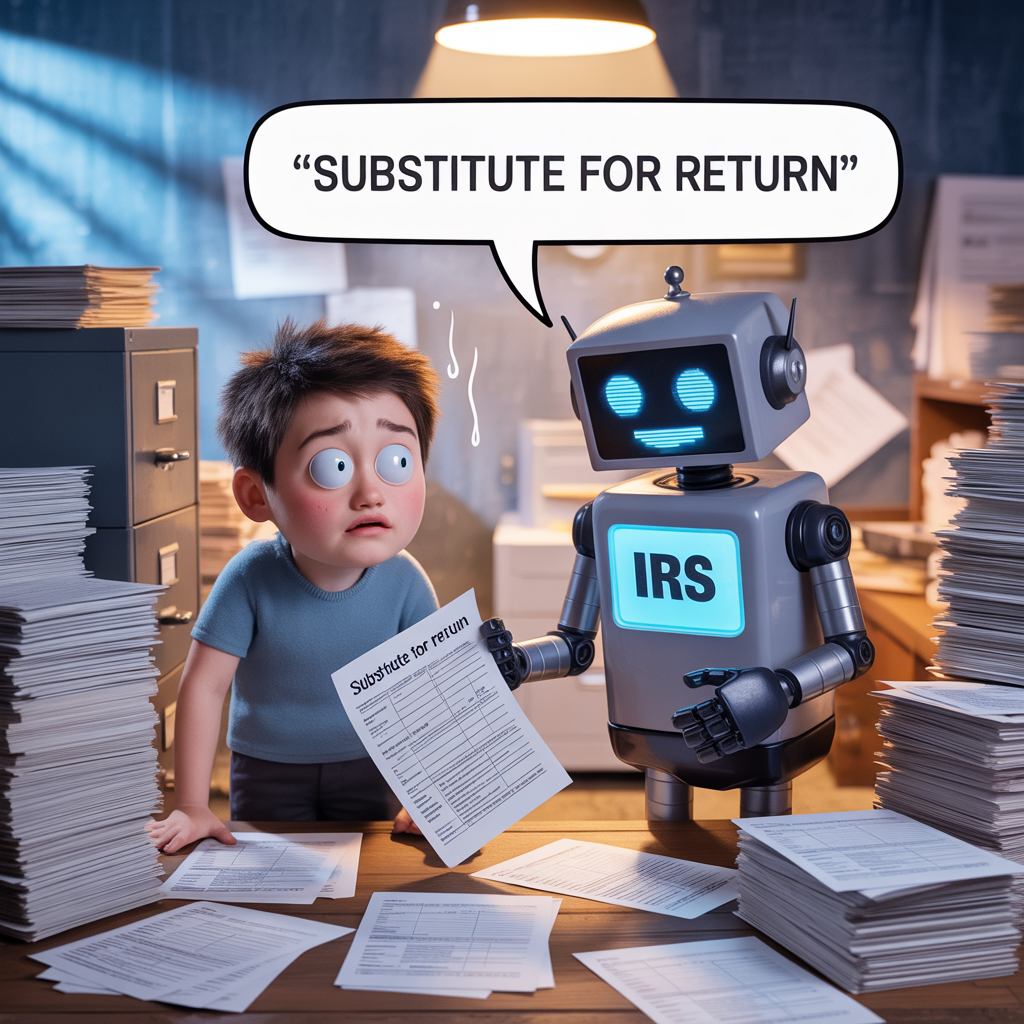
If You Didn't File—The IRS Filed for You (and It Won’t Be Pretty)
If you haven’t filed a tax return in several years, the IRS might file one for you. This is called a Substitute for Return (SFR)—and it’s rarely in your favor.
The IRS doesn’t take your deductions, dependents, or business expenses into account. Instead, they file the most basic version of your return based on W-2s, 1099s, and 3rd-party data—often overstating your income and tax liability.
In this post, we’ll explain what an SFR is, what to do if you’ve received one, and how to reduce the inflated tax balance before collections begin.
What Is a Substitute for Return (SFR)?
An SFR is a return the IRS prepares when:
- You haven’t filed a required return
- They have third-party data showing income
- They want to assess and collect tax
You’ll typically receive a Notice CP2566, CP3219N, or a Letter 2566 stating that the IRS has proposed a return on your behalf.
If you do nothing, the IRS finalizes the return and begins collections.
Why SFRs Are So Dangerous
- No deductions – They assume standard filing with no itemized deductions
- No dependents – Even if you have kids, you won’t get the Child Tax Credit
- No business expenses – Self-employed taxpayers are hit hardest
- Automatic penalties and interest – These begin accruing immediately
Related: facing back taxes in Orange County
Step 1: Don’t Ignore the Notice
If the IRS sent you a proposed SFR notice, you usually have 30 days to respond. You can:
- Provide the missing tax return
- Challenge the SFR using Form 870 or Form 4549
- Request an audit reconsideration (if the SFR was finalized)
Related: What Happens After an IRS Audit Assessment?
Step 2: File a Real Return to Replace the SFR
The best move is to file your actual tax return for that year—even if it's late.
This return should:
- Include all valid deductions and credits
- Show your correct filing status and dependents
- Be signed and dated
- Include a written explanation, if needed
The IRS may accept your return in place of the SFR and reduce your liability significantly.
Step 3: Resolve the Balance
Even after you replace the SFR, you may still owe tax. At that point, you can:
- resolve debt with an IRS installment agreement
- settle tax balances through an Offer in Compromise
- pause collections with Currently Not Collectible status
- Seek penalty relief if you had reasonable cause
The key is to act before the IRS moves to levy your wages or bank accounts. Taxpayers should also be aware that California Franchise Tax Board collection actions can happen at the same time as IRS enforcement.
Step 4: Prevent Future SFRs
To avoid additional Substitute for Return assessments:
- File any remaining back returns
- Stay current with all future filing deadlines
- Respond promptly to IRS notices
The longer you wait, the harder it is to reverse SFR damage.
We Help Orange County Taxpayers Reverse SFRs and Settle Back Taxes
At Boulanger CPA and Consulting PC, we help clients:
- Replace IRS SFRs with properly prepared returns
- Reduce tax balances inflated by substitute filings
- Stop IRS collections
- Set up affordable resolution strategies
If you want deeper strategies, you can learn more in our Defend What’s Yours book—a guide for taxpayers under IRS pressure.
Call (657) 218-5700 or book online at www.orangecounty.cpa.
We’re local, experienced, and ready to help.
Frequently Asked Questions
What is a Substitute for Return (SFR)?
An SFR is a tax return the IRS files for you when you fail to file on time. The IRS uses information from employers, banks, and other sources but doesn’t include deductions or credits you may be entitled to.
Why is an IRS-filed SFR usually inaccurate?
Because the IRS only uses reported income documents, it ignores deductions, exemptions, and business expenses. This often results in a much higher tax bill than if you filed your own return.
Can I replace an SFR with my own return?
Yes. You can file an original tax return even after the IRS creates an SFR. Doing so usually reduces your balance and may eliminate certain penalties.
What happens if I ignore an SFR?
If you don’t respond, the IRS will assess the tax, add penalties and interest, and begin collection actions such as levies or liens.
How far back can the IRS file SFRs?
The IRS can create SFRs for multiple years you failed to file. They typically pursue at least the past six years, though they can go back further in certain cases.
Can SFR-related tax debt be settled?
Yes. After filing accurate returns, you may qualify for an installment agreement, Offer in Compromise, or Currently Not Collectible status to resolve the balance.
Does an IRS SFR affect California taxes?
Yes. The IRS often shares SFR data with the California Franchise Tax Board, which can trigger state tax assessments if you haven’t filed with the state.
Should I seek professional help for an SFR?
Yes. Filing accurate replacement returns and negotiating with the IRS is complex. A tax professional can minimize your balance and protect you from collection actions.
📣 About the Author
Marc Boulanger, CPA is the founder of Boulanger CPA and Consulting PC, a boutique tax resolution firm based in Orange County, California and trusted by high-income individuals and business owners across Southern California.
With over a decade of experience resolving high-stakes IRS and State tax matters, Marc brings strategic insight to complex cases involving wage garnishments, bank levies, unfiled returns, and six-figure tax debts. He is known for helping clients reduce or eliminate tax liabilities through expertly negotiated settlements and compliance plans.
Marc is a Certified Public Accountant licensed in California and Oklahoma and holds the designation of Certified Tax Representation Consultant. He is a member of the American Society of Tax Problem Solvers (ASTPS) — the national organization founded by the educators and practitioners who have trained thousands of CPAs, EAs, and tax attorneys in IRS representation strategy.
Every case is handled with discretion, proven methodology, and direct CPA-led representation — not call center scripts.
📍 Learn more at www.orangecounty.cpa or call (657) 218-5700.

